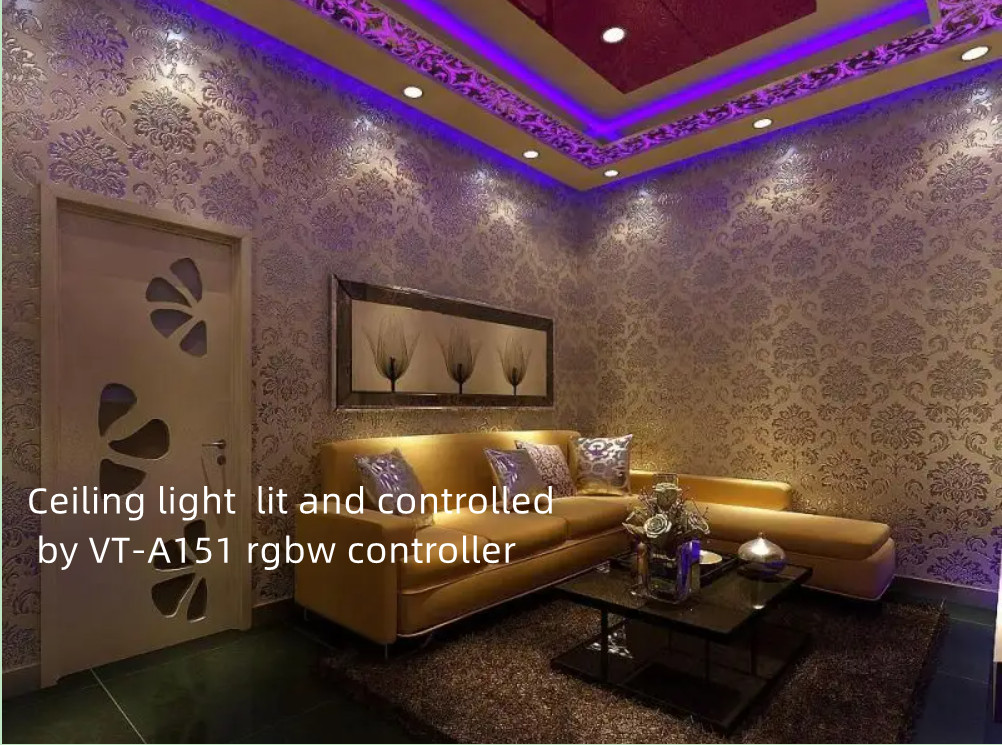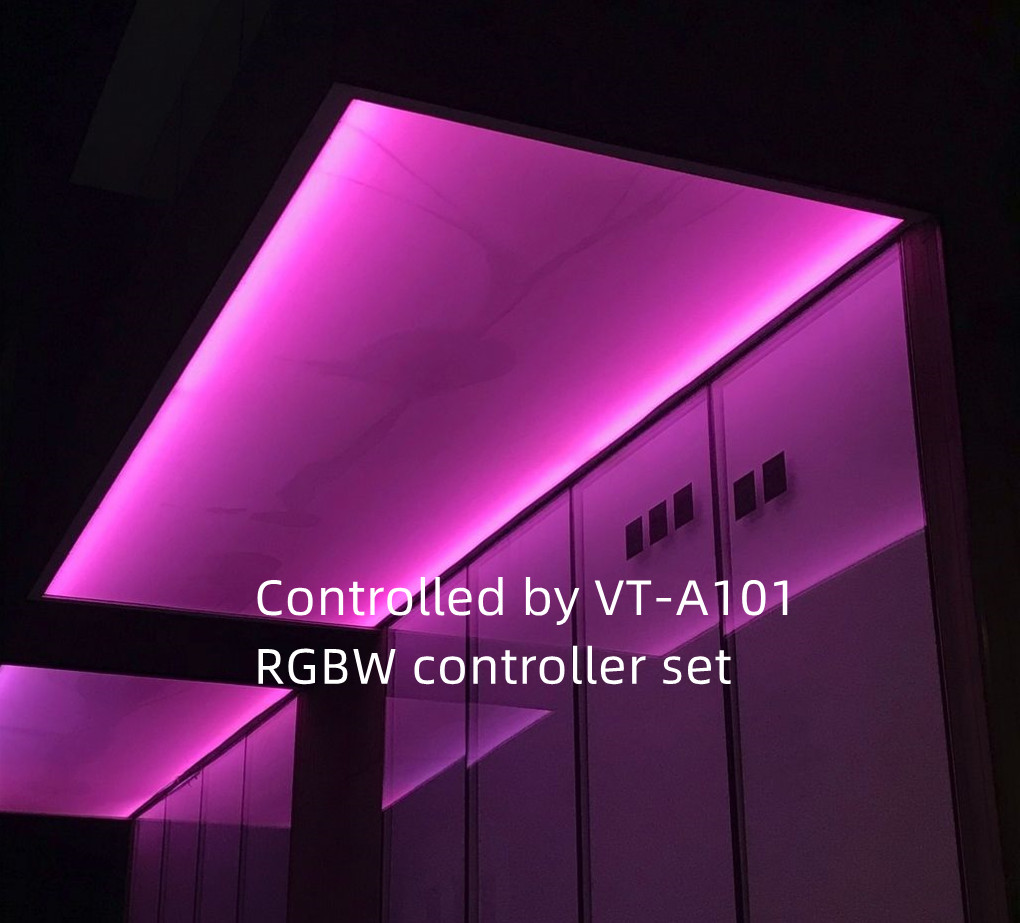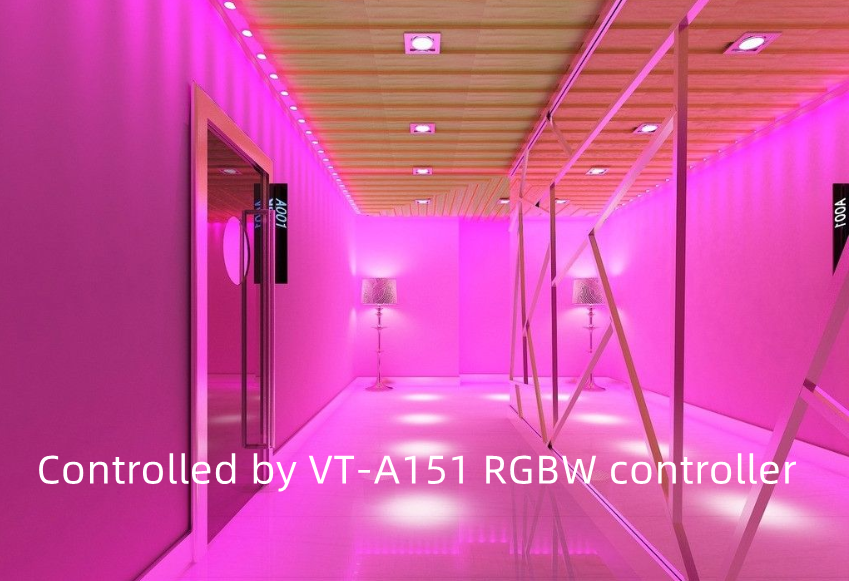Correctly Understand the Combination Principle of RGB Tri-colors
When it comes to painting and images, it is natural to talk about color. All patterns are composed of basic shapes and colors. Color constitutes an important part of our image processing. Next, we will understand the principle of color, which will be our color light. basis for change.
1. RGB three-color principle
In the physics class of middle school, we may have done the experiment of the prism. After passing through the prism, the white light is decomposed into a color spectrum with gradual transition of various colors. The colors are red, orange, yellow, green, cyan, blue, and purple. This is the visible spectrum. . Among them, the human eye is most sensitive to red, green and blue. The human eye is like a system of three-color receivers. Most of the colors can be synthesized by the three colors of red, green and blue according to different proportions. Similarly, the vast majority of monochromatic light can also be decomposed into three colors of red, green and blue. This is the most basic principle of colorimetry, that is, the principle of three primary colors. The three primary colors are independent of each other, and any primary color cannot be combined with the other two colors. Red, green and blue are the three primary colors, and these three colors combine the widest range of colors. The three primary colors of red, green and blue are added in different proportions to form a mixed color, which is called additive color mixing.
red + green = yellow
green + blue = cyan
red + blue = magenta
red + green + blue = white
Yellow, cyan, and magenta are all made by mixing two and hues, so they are also called additive secondary colors. in addition:
red + cyan = white
green + magenta = white
blue + yellow = white
Therefore, cyan, yellow, and magenta are the complements of red, blue, and green, respectively. Since each person's eyes have different feelings for the same single color, if we mix the three primary colors with the same intensity, assuming that the intensity of the white light is 100%, the subjective feeling of the person at this time is that the green light is the brightest, Red light is second, and blue light is the weakest.

Color mixed and controlled by VT-A151 rgbw controller
In addition to additive color mixing, there is also subtractive color mixing. Under white light, cyan pigments absorb red and reflect cyan, yellow pigments absorb blue and reflect yellow, and magenta pigments absorb green and reflect magenta. That is:
white - red = cyan
white - green = magenta
white-blue=yellow
In addition, if two pigments, cyan and yellow, are mixed, under the illumination of white light, since the pigment absorbs red and blue, and reflects green, we express the mixing of the pigment as follows:
Pigment (yellow+cyan)=white-red-blue=green
Pigment (magenta + cyan) = white - red - green = blue
Pigment (yellow + magenta) = white - green - blue = red

Color effect controlled by VT-A101 rgbw controller set
The above are all subtractive color mixing, and subtractive color mixing is to form different colors by absorbing the different proportions of the three primary colors. Therefore, cyan, magenta, and yellow are called the three primary colors of pigments. The color mixing of the three primary colors of pigments is widely used in painting and printing. Among the three primary colors of pigments, red, green and blue are called subtractive secondary colors or pigment secondary colors. Among the subtractive secondary colors are:
(Cyan + Yellow + Magenta) = White - Red - Blue - Green = Black
The color mode represented by the above three primary colors of additive color mixing is called RGB mode, and the color mode represented by the principle of subtractive color mixing three primary colors is called CMYK mode, which are widely used in painting and printing fields.

Controlled by VT-A151 RGBW Controller
RGB mode is the most commonly used color mode in drawing software. In this mode, it is more convenient to process images. Moreover, the images stored in RGB are smaller than CMYK images, which can save memory and space.
RGB and so on in our daily life also use RGB mode. The transformation of different colors can be realized through the RGB controller.
CMYK mode is a pigment mode, so it belongs to the printing mode, but it is essentially the same as the RGB mode, but the way of producing colors is different. RGB is an additive color mixing mode, and CMYK is a subtractive color mixing mode. For example, displays use RGB mode because the display produces color by bombarding the fluorescent material on the screen with electron beams. It is black when there is no light, and white when the light is added to the maximum. And what about the printer? Its ink doesn't emit light on its own. Therefore, only the color that absorbs specific light waves and reflects other light is used, so it needs to be solved by subtractive color method.
Second, HLS (hue, brightness, saturation) principle
HLS is Hue (hue), Luminance (lightness), Saturation (saturation). Hue is an attribute of color, which is essentially the basic color of color, that is, the seven kinds of red, orange, yellow, green, cyan, blue, and purple that we often talk about, each of which represents a hue. To adjust the hue is to change its color.
Brightness is the brightness of the primary colors of graphics of various colors (for example, the primary colors of RGB images are R, G, B, or various hues of their own), and brightness adjustment is the adjustment of brightness. Brightness ranges from 0 to 255, divided into 256 levels. The grayscale image we usually talk about is divided into 256 levels of brightness between pure white and pure black, that is, from white to gray, and then to black. Similarly, in the RGB mode, it represents the brightness of each primary color, that is, the brightness of the three primary colors of red, green and blue, from light to dark.
Saturation refers to the chroma of the image color. For each color, there is an artificially specified standard color, and saturation is a physical quantity that describes the similarity between the color and the standard color. To adjust saturation is to adjust the chroma of an image. When the saturation bar of an image is set to zero, the image becomes a grayscale image, and you can try the Saturation button on your TV.
Another concept is contrast. Contrast refers to the difference between different colors. The greater the contrast, the greater the difference between the two colors, and vice versa, the closer. For example, increasing the contrast of a grayscale image will make it more black and white. When it is adjusted to the limit, it will become a black and white image. On the contrary, we can get a gray canvas.
We learnt the principle of color, we will not be at a loss in color sensing, and can adjust color faster and more accurately.
Contact:
Phone: +86-13510672827
E-mail: contact@vtecklite.com
Add: 6FL, Chuangcheng Mansion,Taiwan Industrial Estate,Shiyan Shenzhen China